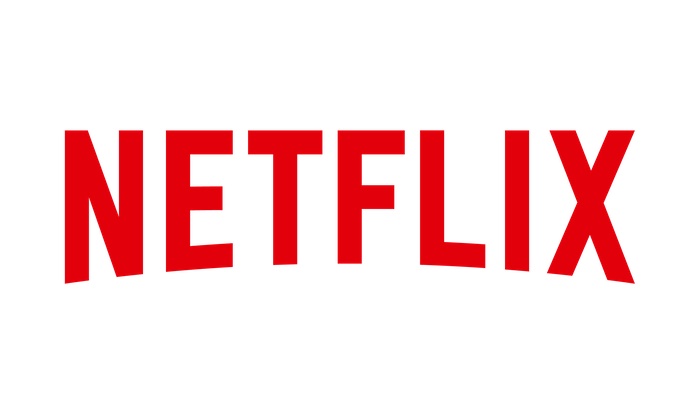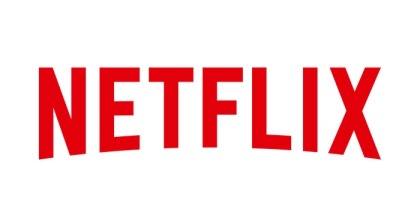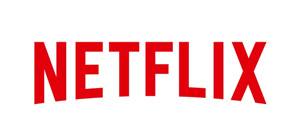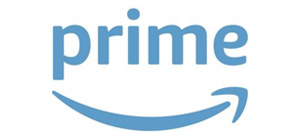Netflix growth slows, as rising prices deter subscribers
David Farnor | On 19, Jul 2016
Netflix’s growth was lower than expected in the second quarter of 2016, as rising prices deterred subscribers.
The streaming giant recruited 1.7 million new members in the three months to June 2016, taking its worldwide total to over 83 million. This, however, was below its forecast of 2.5 million new members, and also below its Q2 2015 figure of 3.3 million.
“We are growing, but not as fast as we would like or have been,” admitted CEO Reed Hastings in a letter to shareholders, following the disappointing numbers. “Disrupting a big market can be bumpy, but the opportunity ahead is as
big as ever and we continue to improve every aspect of our business.”
Why were subscribers showing the SVOD service the cold shoulder? That’s due to the ongoing process of “un-grandfathering” older subscribers, whose subscription fees were frozen when the price for new subscribers was raised in recent years. Now, that grace window has come to an end and they are being moved to the standard fee for new customers – something that Netflix argues was misunderstood by both customers and the mainstream media to mean prices were rising for everyone. As a result, while gross additions were on target – 0.16 million new US subscribers and 1.5 million new international subscribers – the churn of members was higher than planned.
The price hike, of course, is essential to Netflix’s long-term plan, as it needs to find the extra money to fund its increasingly ambitious expansion – at the start of the year, it extended its reach to 190 countries around the world. More revenue gives them the ability to pay for marketing, infrastructure and content. Indeed, earnings were actually better than expected in the last quarter, due to both higher fees and “lower than expected costs”. with operating income hitting $70 million and net income hitting $41 million, above the forecast $47 million and $9 million respectively. The aim is to break even in 2016, before generating material profits in 2017 and beyond.
Hastings admits that there is growing competition for Netflix in the online landscape, from CBS All Access and Seeso to Amazon Prime Video, Hulu, YouTube Red and others in the US. He argues, though, that they are “growing primarily against linear TV hours and that competition did not contribute materially to our miss in Q2”. Indeed, in April, Netflix Canada also saw a surge in churn of subscribers, not due to increased SVOD competition but because of un-grandfathering.
Netflix continues to use its budget to diversify its original content to attract people around the world, although it is not planning to “outcompete local TV networks in local content in every nation of the world”, but to “selectively complement our service with licensed and original local content”. Non-English language content currently under development includes series and films in Brazil, Germany, India, Italy, Japan, Mexico, Colombia, South Korea, Argentina and Spain.
One area where the company will not be expanding, though, is China.
“This year the regulatory climate in China for our service has become more challenging,” noted Hastings. “Disney’s streaming service, launched in conjunction with Alibaba, was closed down, as was Apple’s movie offering. We continue to explore options and, in the meantime, have plenty of work to do in our newly opened markets.
“Our global expansion is an exciting opportunity that will unfold over many years,” he added. “Continued US growth will be a part of it.”
For the coming quarter, Netflix forecasts 0.3 million new US customers and 2 million international customers, with global growth fuelled by the localisation of Netflix in Poland and Turkey, with the addition of local language in the user interface, subtitles and dubbing. (Localisation in other markets will take place over time as and when it is “economically prudent”.)
“We are optimistic about the future owing to our singular focus, global scale and the growth of Internet TV viewing. We are in the very early days of the shift from linear television to ondemand viewing and there are nearly 1 billion pay TV subscribers worldwide who will migrate to Internet TV over the coming decades,” concluded Hastings.
The company’s share price has fallen since the release of the figures, with the recent UK vote to leave the European Union also weighing on sentiment surrounding the firm’s growth. On the plus side, Netflix has seen success with the second of its Adam Sandler films, The Do Over, which, at launch, was the number one most-watched film on Netflix in every territory of the world and remains in the top 10 in many countries, including the US. So that’s something.



















